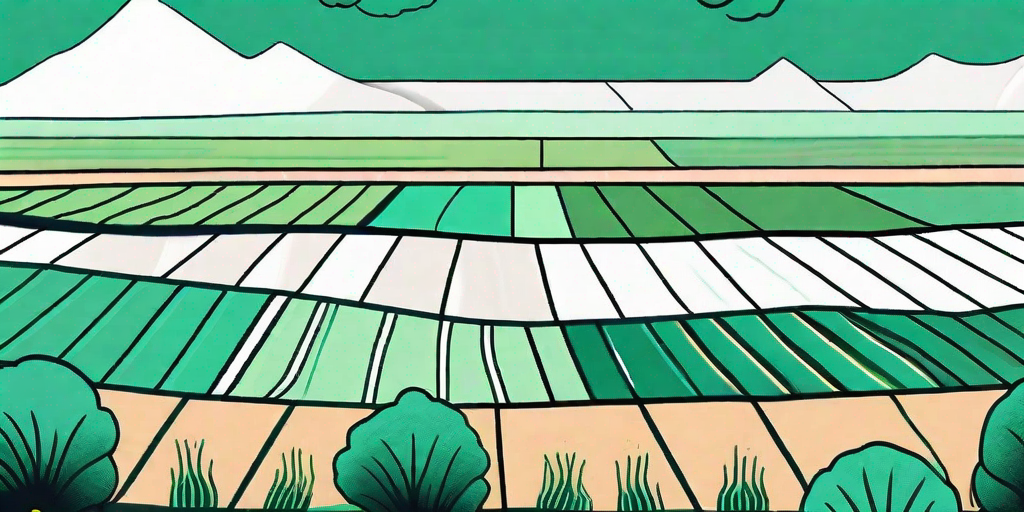
Cotton, the fluffy white gold, has been a staple in our lives for centuries. From our soft, breathable T-shirts to the crisp, clean sheets on our beds, cotton is everywhere. But have you ever stopped to ponder the journey of this ubiquitous material from the field to your wardrobe? Buckle up, dear reader, because we're about to embark on a fascinating voyage that takes us from the dark days of slavery to the bright future of sustainability.
The Dark Days: Cotton and Slavery
Let's start our journey in the not-so-pleasant past. Cotton, you see, has a bit of a dark history. It was, unfortunately, one of the main reasons for the perpetuation of slavery in the United States.
During the 18th and 19th centuries, cotton was king. The invention of the cotton gin in 1793 made it possible to clean cotton faster and more efficiently, leading to a boom in cotton production. But there was a catch. The cotton gin could remove the seeds from the cotton, but the cotton still had to be picked by hand. And that's where slaves came in.
The Life of a Cotton Picker
Life as a cotton picker was grueling. Slaves would toil under the hot sun from dawn till dusk, their fingers raw from the sharp cotton bolls. They were expected to pick a certain amount of cotton each day, and failing to meet this quota often resulted in punishment.
Despite the harsh conditions, slaves developed a rich culture that included songs, stories, and even secret codes. These cultural artifacts served as a form of resistance and a way to maintain their humanity in the face of inhuman treatment.
From Slavery to Mechanization
With the abolition of slavery, the cotton industry faced a labor crisis. Who would pick the cotton now? The answer came in the form of technology. In the mid-20th century, the cotton picking machine was invented. These machines could do the work of several hundred people, picking cotton faster and more efficiently than any human could.
But while mechanization solved one problem, it created another. Cotton picking machines were expensive, putting them out of reach for many small farmers. This led to a consolidation of farms and a decline in rural communities.
The Impact on Rural Communities
As farms grew larger and more mechanized, rural communities suffered. Small farmers couldn't compete with the large, mechanized farms and were forced to sell their land. This led to a decline in rural populations and an increase in urban poverty as former farmers struggled to find work in the cities.
Despite these challenges, some rural communities have managed to survive and even thrive. They've done this by diversifying their crops, embracing sustainable farming practices, and finding niche markets for their products.
From Mechanization to Sustainability
While mechanization brought efficiency, it also brought environmental challenges. Cotton farming requires a lot of water and pesticides, which can have a negative impact on the environment. But fear not, dear reader, for the story of cotton is not all doom and gloom. In recent years, there's been a shift towards more sustainable cotton farming practices.
Sustainable cotton farming involves using less water, reducing the use of pesticides, and improving soil health. It's about creating a balance between meeting our need for cotton and preserving the environment for future generations.
The Future of Cotton Picking
So, what does the future hold for cotton picking? Well, it's likely that technology will continue to play a big role. We're already seeing the development of robots that can pick cotton, which could further reduce the need for human labor.
But while technology is important, it's not the only solution. We also need to continue to push for more sustainable farming practices and fair trade policies. Because at the end of the day, it's not just about picking cotton, it's about picking a better future for all of us.
FAQs
- Why was cotton picking associated with slavery?
Cotton picking was a labor-intensive task that required a large workforce. In the 18th and 19th centuries, this workforce was largely made up of slaves.
- How has cotton picking changed over the years?
Cotton picking has evolved from being a task done by hand by slaves, to being done by machines, and now, potentially, by robots. Along with these technological changes, there's also been a shift towards more sustainable farming practices.
- What is sustainable cotton farming?
Sustainable cotton farming involves using less water, reducing the use of pesticides, and improving soil health. It's about creating a balance between meeting our need for cotton and preserving the environment for future generations.
Conclusion
So there you have it, the untold story of picking cotton by hand. It's a story that takes us from the dark days of slavery to the bright future of sustainability. It's a story of human resilience, technological innovation, and our ongoing struggle to balance our needs with the needs of the environment.
Next time you pull on your favorite cotton T-shirt or snuggle into your cotton sheets, take a moment to appreciate the journey that cotton has taken to get to you. And remember, every time you choose sustainably grown cotton, you're helping to write the next chapter in the story of cotton.











